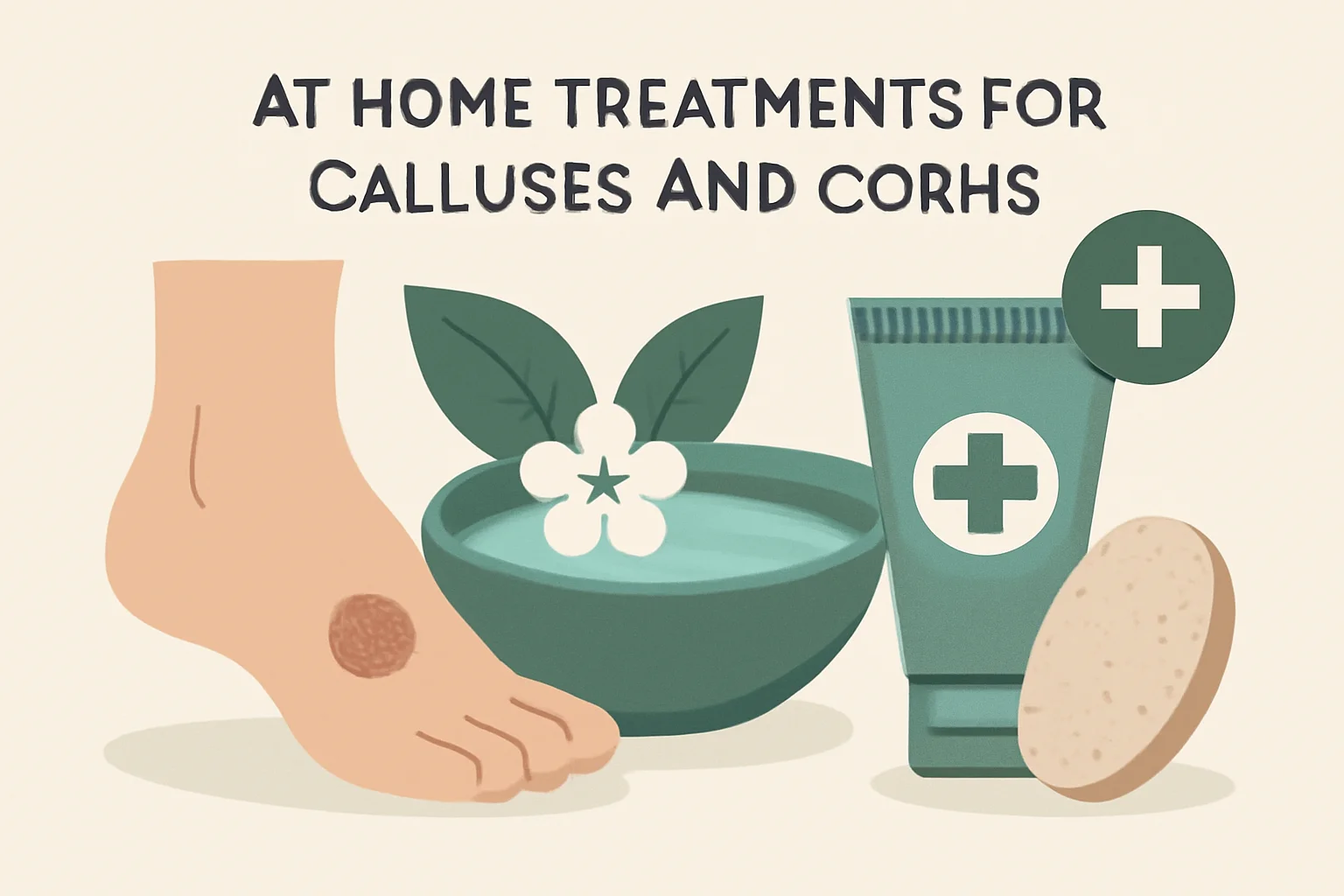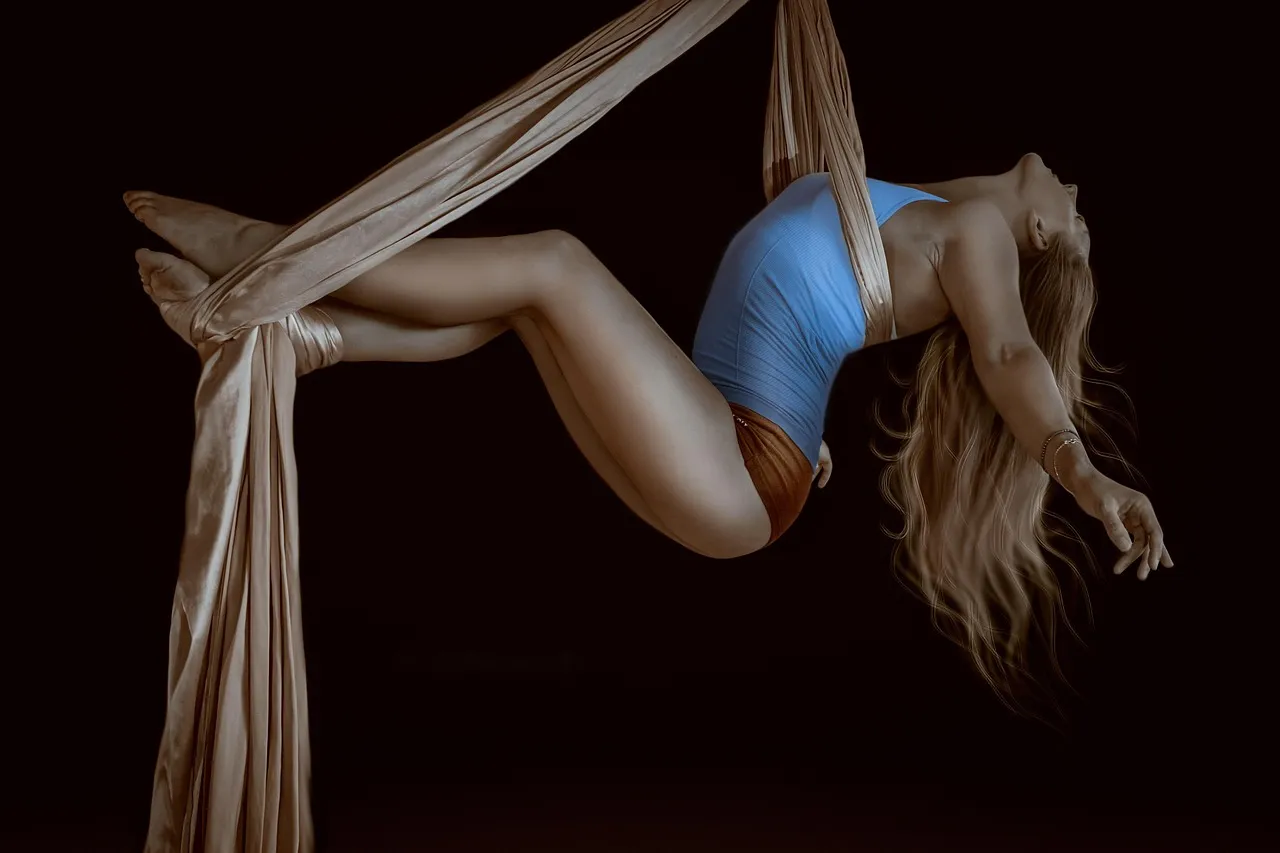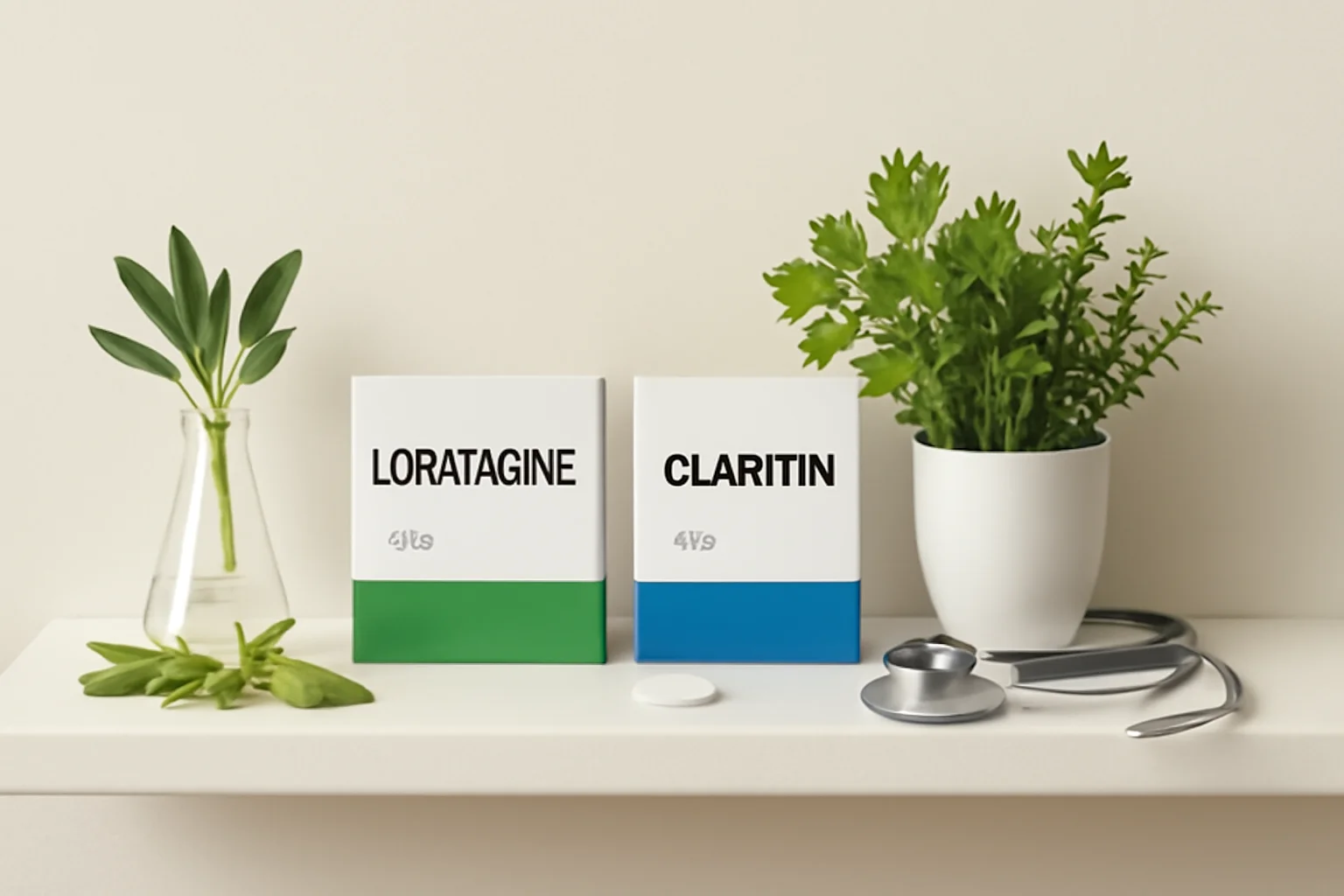
Effective Solutions for Corns and Calluses at Home
The corn and callus are two common skin problems that complicate the lives of many people. The foot, particularly the sole and the toes, often suffers from these disorders, which can cause painful sensations and discomfort. The development of corns and calluses is generally the result of skin friction and pressure, which can be caused by various factors, such as improper footwear or deviations in foot anatomy.
Although they are often confused, corns and calluses are different problems that require different treatments. A corn is a small, painful lesion that forms in the upper layer of the skin, while a callus is a thicker, protective layer that may develop to protect the skin. Understanding these lesions can help in choosing the appropriate treatment and prevention.
In the following sections, we will examine in more detail the differences between corns and calluses, their causes, symptoms, treatment options, and the importance of prevention.
Corns: Symptoms and Causes
A corn, medically known as keratosis, is a skin problem that can develop in various areas of the foot, most commonly between the toes or on the sole. The appearance of corns is usually due to skin friction, pressure, or irritation. The lesions are generally painful and sensitive to touch, as the skin thickness increases to protect the deeper layers from injury.
The most common symptoms of corns include pain, redness, and swelling in the surrounding areas. The appearance of a corn is often associated with wearing improper footwear, such as tight shoes or high-heeled footwear. Additionally, deviations in foot anatomy can contribute to the development of corns. Those with flat feet or other foot abnormalities are more likely to experience this problem.
The treatment of corns typically focuses on alleviating pain and reducing skin irritation. Topical pain relievers and wearing appropriate footwear can help relieve symptoms. Doctors often recommend the removal of corns if they cause severe pain or do not respond to conservative treatments.
Calluses: Development and Treatment
A callus, also known as keratoma, is the skin’s protective response to continuous friction or pressure. The thickening of the upper layer of the skin typically occurs in areas of the foot that bear more load, such as the sole or heels. The purpose of a callus is to protect the deeper skin layers from injury, which is why the skin becomes harder and thicker.
Calluses are generally not painful, and in many cases, they do not require treatment if they do not cause discomfort. However, if a callus affects the appearance of the foot or causes pain, it is advisable to consult a doctor. Treatment options include the removal of the callus, which can be performed by a doctor, as well as wearing appropriate footwear and improving foot care.
The best way to prevent calluses is to wear appropriate footwear that ensures comfort and support for the foot. It is important to choose shoes that fit the anatomy of the foot and do not cause friction or pressure on the skin. Additionally, regular foot care, such as using exfoliating products, can help prevent the formation of calluses.
Similarities and Differences Between Corns and Calluses
Corns and calluses have several similarities and differences worth examining. Both represent the skin’s reaction to friction and pressure, and both can develop in various areas of the foot.
The main difference between the two lesions is pain and appearance. A corn is usually painful and appears as a small, raised area, while a callus is flatter and thicker but generally does not cause pain. Corns often develop between the toes or on the sole, whereas calluses occur in areas of the foot where the skin is continuously rubbed.
The treatment options also differ, as the removal of corns may require medical intervention, while calluses can often be treated with home care. It is important to consult a doctor for an accurate diagnosis if any skin problem is noticed.
To prevent corns and calluses, it is recommended to wear appropriate footwear and pay attention to foot care, which can reduce the amount of friction and pressure experienced.
Warning: This article does not constitute medical advice. For health problems, please consult a specialist.

